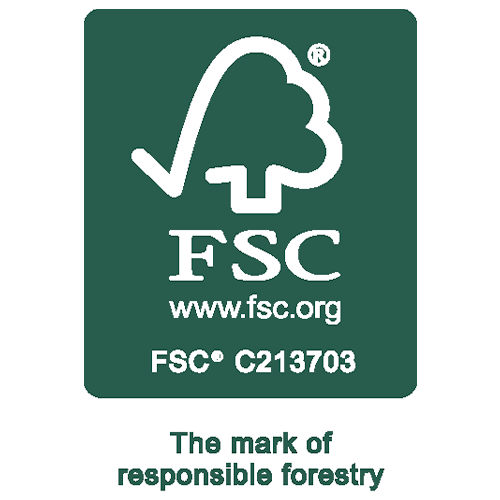Gutchess Lumber Co., Inc.’s “Words from Woods” series consists of a monthly article written by our fifth-generation President and Chairman Matthew Gutchess.
In one way or another I have mentioned deer, and deer browse, in each of my monthly blog posts so far. Why is this topic so important to me as the owner of a small woodlot, and more generally important to the basic health of a northern hardwood forest?
This would be a great time to interject a (perhaps overdue) disclaimer; even though they are essentially residents of my hill, I know less about deer—their lifecycles, their diets, their habits—than many of my readers might. By all means, if anyone happens to notice a specific opportunity for me to explain something more accurately—or catches an outright error—I would love to be aware of these for my own continuing education. I derived most of the statistics I present below from Wikipedia.
Our forests and our deer have evolved together over the past 30 million years or so, and the relationship can be mutually beneficial. Some studies suggest that deer provide benefits to mature trees by returning nutrients (specifically nitrogen) to the soil. When deer face sufficient “natural” predation from wolves, bears, cougars, cayotes or other large carnivores, their populations are generally low enough that their browsing of the new growth of young native trees are not a serious threat to the forest. Unfortunately, as humans have driven most of these predators away from our forests and toward extinction over the past century, deer populations have exploded one hundredfold, disrupting this critical balance between deer and forest.
Deer tend to browse on seedlings of tree species which provide them with the most nutritional benefit, in hardwoods chiefly sugar maple, red oak, walnut, and other native species of relatively high economic value. They do ignore some hardwood species, such as red maple and beech. The scientific consensus—and my primary fear—is that, left unchecked, deer are transforming our hardwood forests beyond recognition, and only these dwindling few deer-resistant natives will be left. (American beech boasts little commercial value due to the heavy and brittle nature of the lumber, and further is subject to a widespread, crippling beech bark disease as well as a new and mysterious beech leaf disease.) Also, as I have written before, by failing to browse upon invasive species, ferns, and other forest floor plants which constrain the regeneration of native hardwoods, overpopulated deer harm the forest indirectly as well as directly. As few as 20 white-tailed deer per square mile can start to destroy the forest environment.
Human hunters can help to reduce deer population in the short term, or at least keep it from increasing further. Indeed, some argue that deer populations in the eastern US are only now returning to pre-European contact levels following unsustainable levels of hunting by humans during the late 1800’s and early 1900’s. But fewer people are hunting these days, and hunting activity is uneven at best across our landscape of today.
Here is a 2017 Vermont editorial pointing to an interesting relationship between science and a deer hunter’s perspective:
https://www.vtcng.com/stowetoday/things_to_do/outside/hearts-and-minds-hunting-tugs-strings-of-both/
Dense deer populations are concerning for other reasons not related to forestry. Deer are the preferred hosts of Lyme Disease-carrying ticks which affect 300,000 Americans per year. Per Wikipedia, as annual averages, deer also kill 200 people through auto deaths and cause over $1 billion in related property damage, as well as nearly another billion in estimated losses of field crops, nuts, fruits, and vegetables. But I would argue that the threat which overpopulated deer pose to trees—and therefore to the Earth’s climate—dwarf these other factors in long-term importance.
In a future installment I hope to return to this subject and more specifically what, if any, plans the New York State Department of Environmental Conservation (NYSDEC, or “DEC” for short) has to prevent deer from destroying our forests as we know them, so our grandchildren still have something to enjoy.
Matt

